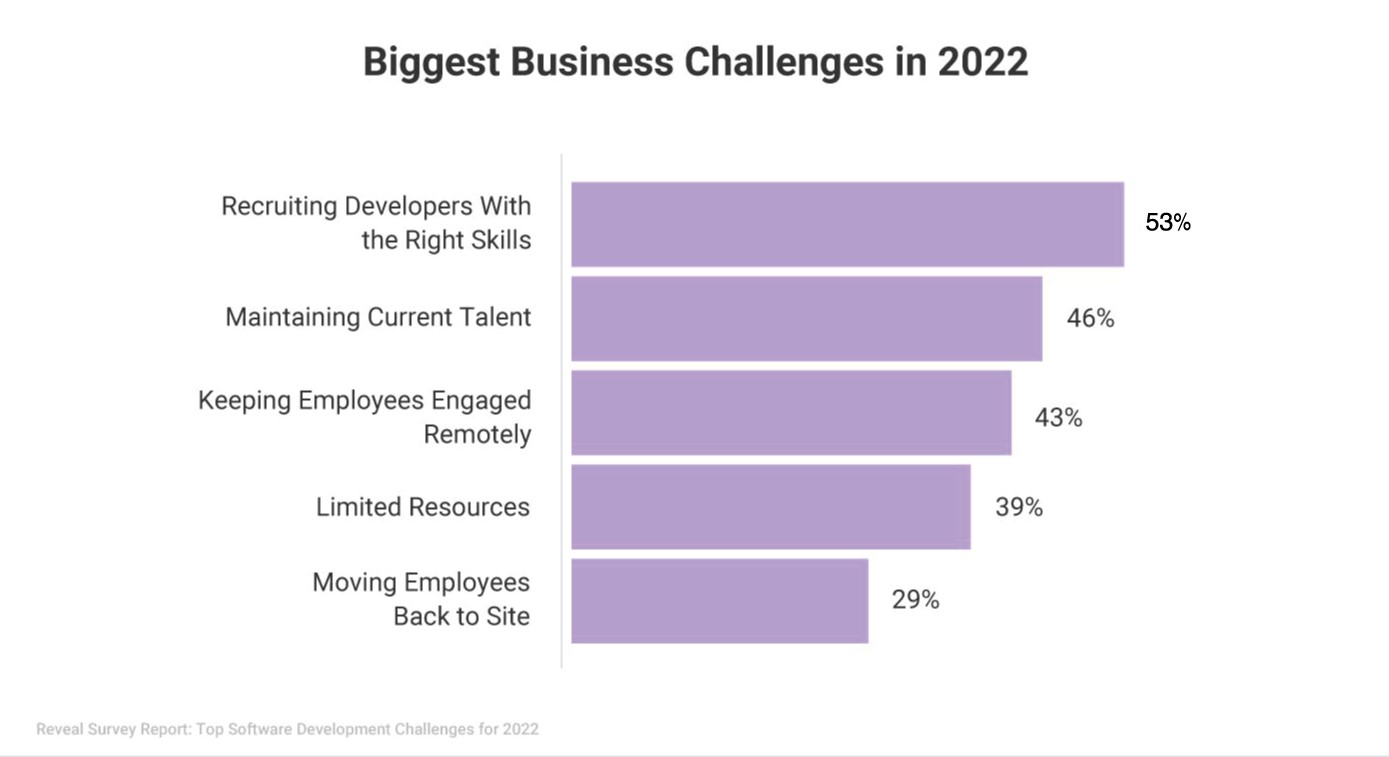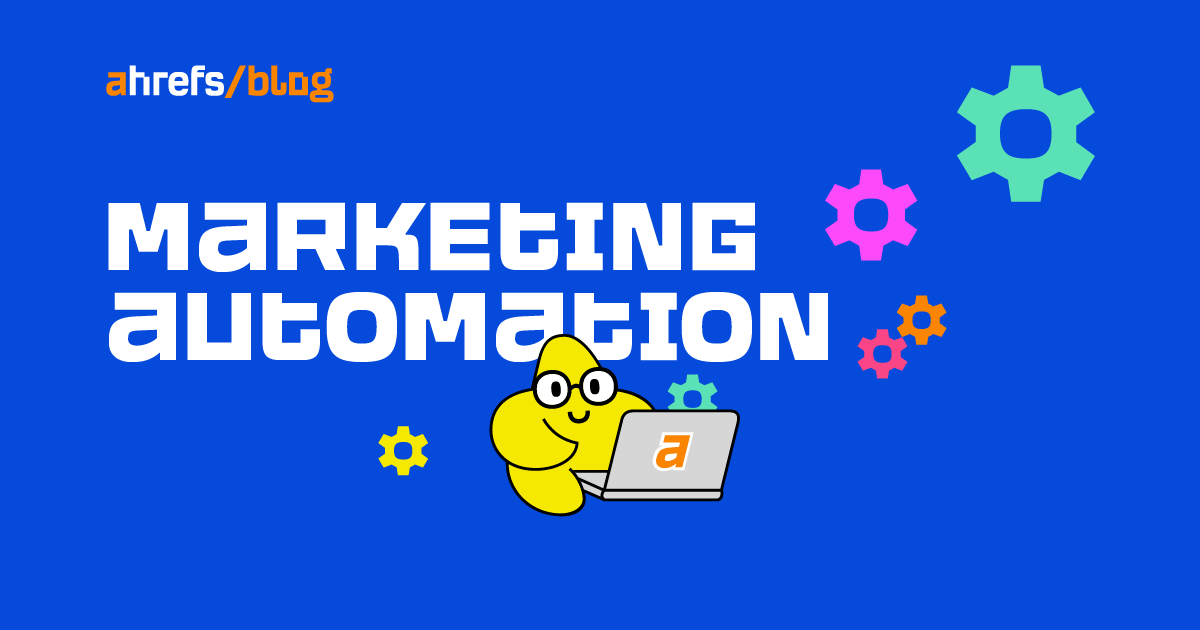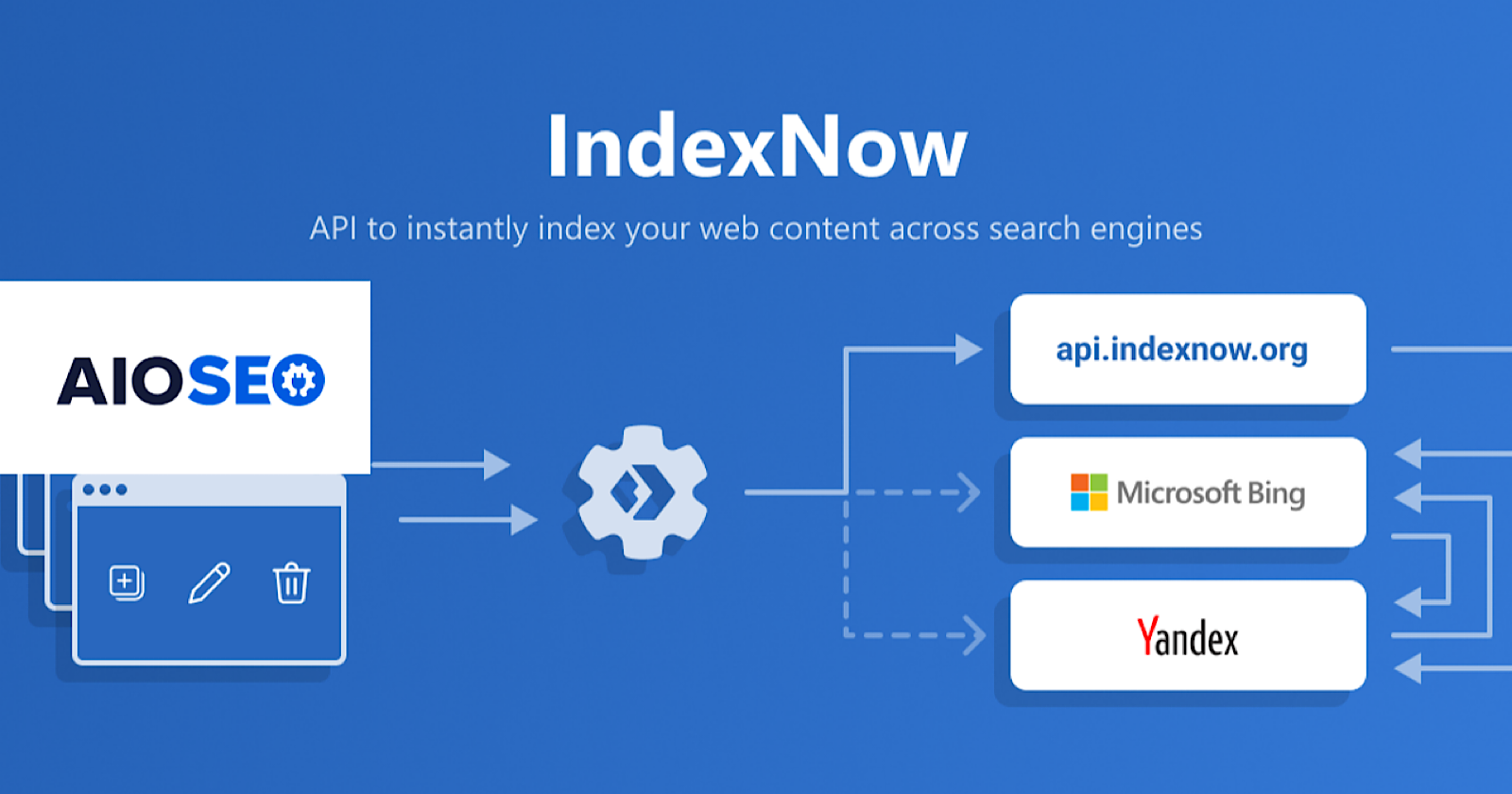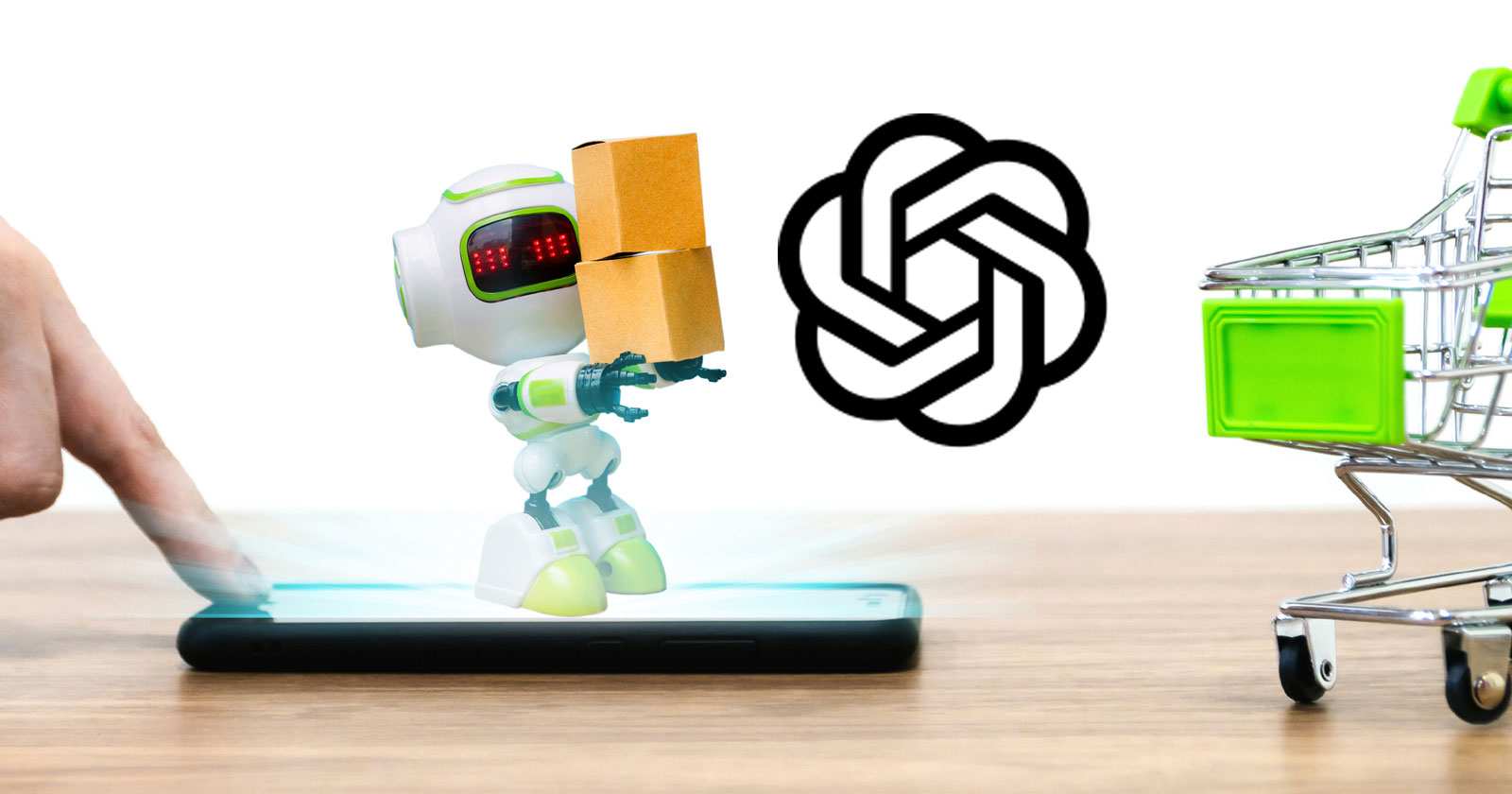Free Content Plan Template To Adapt To Your Needs via @sejournal, @BrianFr07823616
Supplementing your content strategy with a content plan is essential for marketing success. Here’s a downloadable template to help you create one. The post Free Content Plan Template To Adapt To Your Needs appeared first on Search Engine Journal.

Keeping your business top of mind for your targets calls for you to post content regularly. You must post the right things at the right time to make the biggest impact.
Your posting schedule must be consistent with your marketing efforts, with a focus on your strategic needs and projected outcomes.
In other words, you need a content plan.
But what is that? Is it the same thing as a content strategy? What type of information needs to be included? And what separates a good content plan from a bad one?
For the answers to all these questions and more – plus a free template you can download and customize to your own needs, read on.
What Is A Content Plan?
A content plan is a document that defines all the marketing content and assets you need to implement your content marketing strategy.
This includes everything from blogs and social media posts to search engine optimization research and white papers.
It will directly align with your marketing funnel, with each included asset corresponding with one of its stages: awareness, consideration, conversion, and loyalty.
Why Do You Need A Content Plan?
Content is an essential part of marketing.
By creating a content plan, you make it easier for your team to create, collaborate and implement this content.
A good plan will help you project future resource allocation, avoiding unnecessary delays and expenses.
Content Strategy Vs. Content Plan: What’s The Difference?
Though they have similar names, are often mistaken for one another, and are sometimes incorrectly used as interchangeable terms, a content plan is not the same as a content strategy.
And yes, you need both.
So, what’s the difference?
The main thing you need to know is this: your content strategy defines how and why content will be used in your marketing strategy.
Your content plan determines what, when, and where you’ll use various assets as part of this strategy in order to reach your goals.
Essentially, your content plan is the building blocks (blogs, outreach, reports, etc.) you use to reach the goals you outlined in your content strategy (more leads, increased sales, etc.)
You should lay out your content strategy before starting on your content plan, as your content plan will define how you achieve the strategy’s goals.
What Information Is Included In A Content Plan?
An effective content plan should provide your content creators with useful information they can use when developing assets. Namely, it should tell them:
Who the content is for – Your content needs to have an audience; that’s rudimentary marketing. Your content plan should clearly define who your assets are intended for and be constructed in a way to appeal to these targets. How it will be delivered – Is this a blog post or an advertorial? A podcast or paid ad? Depending on the delivery vehicle, your content will take on different forms. What problem it will solve – Your target audience has a need. Your content plan should present a solution to this need, as well as inspire the targets to take action. How it will be created – Do you have an on-staff content writer who will create this piece, or will you outsource it to a freelancer? Who is responsible for publishing it? Answering these questions will make it easier to manage budgets and workflows. Any associated costs – Whether it’s a payment to a web developer, a placement fee, or a subscription required for research, your content plan should ballpark any expected fees or payments necessary to create each item.Depending on your needs, you may also want to include information about tone, notes about structure and layout, word counts, categories, and URLs.
Different Types Of Content To Include
It has already been mentioned how every piece of content should align with a specific stage of your marketing funnel.
Now, let’s look at each stage and discuss the types of content that work best for each.
Awareness
This type of content is going after the top of the marketing funnel.
It’s about showing potential customers that you exist and informing them about the qualities that differentiate you. Content should be easily consumable and easy to share.
Common types of awareness content are:
Social media posts. Keyword-rich content for SEO. Paid search ads. Blog posts that are not sales-heavy.Consideration
At the second stage of the funnel, you’re nurturing leads, building a relationship, and establishing trust. At this point, your content should be more in-depth and provide evidence of solutions.
Content that works well for the consideration stage includes:
Blogs establishing your authority. Comparison content. Webinars.Conversion
The lead is on the hook, now it’s time to reel them in and complete the sale. Content in this stage should provide information on why customers should choose your brand.
Types that can help in this stage include:
Sales, promos, and coupons. Consultation offers. Case studies, articles, and whitepapers.Creating Your Own Content Plan
As promised, here is a template of a content plan you can download and put to work for your business.
But here’s the thing – your company’s needs are unique. Just downloading this plan isn’t going to be effective.
You need to adapt it to your specific situation.
Not sure how to do that?
You’re in luck. We’ve also provided a handy step-by-step guide.
Customizing Your Content Plan
1. Determine Which Goal Each Piece Is Trying To Achieve
Trying to be everything to everyone is a terrible strategy. Remember the old adage, “a jack of all trades is a master of none.”
This is especially true for marketing content.
Every piece of content you plan, and eventually create, should have a specific purpose.
As you’re filling out your own content plan, keep in mind what you’re trying to accomplish with that piece. Make sure each piece of content clearly aligns with a specific stage of your marketing funnel.
2. Identify Where The Target Audience Is
Decide who you’re targeting and then figure out the best way to reach them. Then, determine where each piece of content can be placed for maximum impact.
Bear in mind that certain types of content will perform better on specific platforms.
For example, that professional eBook you’re planning to create is more likely to receive more attention and interaction on LinkedIn than it is on Facebook.
3. Take Your Budget Into Account
When determining when to create and release certain pieces of content, be mindful of your budget.
For example, if you have a tradeshow in August that will require a lot of investment, in both time and money, then June and July may not be the best times to undertake resource-intensive content projects.
One of the benefits of a content plan is that it gives you information about ongoing and upcoming projects at a glance.
Use this to your advantage.
4. Determine A Cadence
Gaining credibility and growing your audience requires the regular release of fresh content.
Unfortunately, there’s no magic number for what that is. Only you can determine what works best for you and your audience’s desires.
You should look at your schedule to determine how much time it allows you to dedicate to content creation and curation.
Then, put yourself in your targets’ shoes and decide how frequently they would like content from you.
Finally, consider how your release frequency will help you achieve your goals.
For example, if you’re trying to grow your audience, you should probably post more frequently than if you’re seeking to maintain customer loyalty.
5. Create A Flow
You need a clearly defined content creation process.
It should outline what each person is responsible for, who is involved in each step, and establish a process for passing things off from one person or department to the next.
Many organizations find using a color-coded system most effective for this stage.
Some Other Content Planning Tips
Now that you have your content plan template downloaded and you’ve customized it to your unique situation, it’s time to get started planning and creating that content – well, almost.
Before you take the leap and start outlining every asset and piece of collateral you’ll use in the coming year, here as some final things to bear in mind:
Color Code
Use the color fill functionality spreadsheets offer to give you at-a-glance information about each piece of content.
You should be easily able to identify where a piece is in the creation process, which platform(s) it will be used on, and how it fits into your overall marketing strategy.
Don’t Forget About SEO
A lot of your leads are going to come to you via the internet, which means it’s of utmost importance that you help them find you. Any digital content you create should always keep search engine optimization in mind.
Make sure you’ve researched your keywords and are including them whenever possible. Strive to make content that matches search intent and make sure that everything is providing value.
Don’t be afraid to draw inspiration from pages that are currently ranking highly for your desired keywords.
(Note the word “inspiration.” This does not mean stealing. All your content should be original.)
Consider Each Channel Separately
Each content marketing channel has its own objectives. You should always keep these in mind when determining what will go where.
That said, keep an eye out for opportunities to repurpose things. If you can generate engagement by posting links to the same blog post on four different social media channels, then you absolutely should.
Keep An Idea File
Great content ideas can come to you anywhere, often when they’re least expected. Consider adding another tab to your content plan spreadsheet in which you can list ideas for future content.
Keywords are a great jumping-off point for generating ideas. Look around at what other brands are doing. Can you take a similar approach?
Maybe you have a silly idea that you’re not serious about, but which could inspire someone else.
Your goal with your idea file is to brainstorm as many ideas as possible, which means none are wrong.
Final Thoughts
Creating a successful content plan isn’t difficult, but it does take a bit of work. However, if you’re serious about achieving your marketing goals, it’s something you need to do.
And be aware: Your positions, goals, and criteria will evolve over time, and your content should evolve alongside it.
Now get out there and make something great.
More resources:
Creating Content That Satisfies Search Intent & Meets Customer Needs How To Create A Social Media Content Plan Content Marketing: The Ultimate Beginner’s Guide to What WorksFeatured Image: maybealice/Shutterstock

 FrankLin
FrankLin 
































